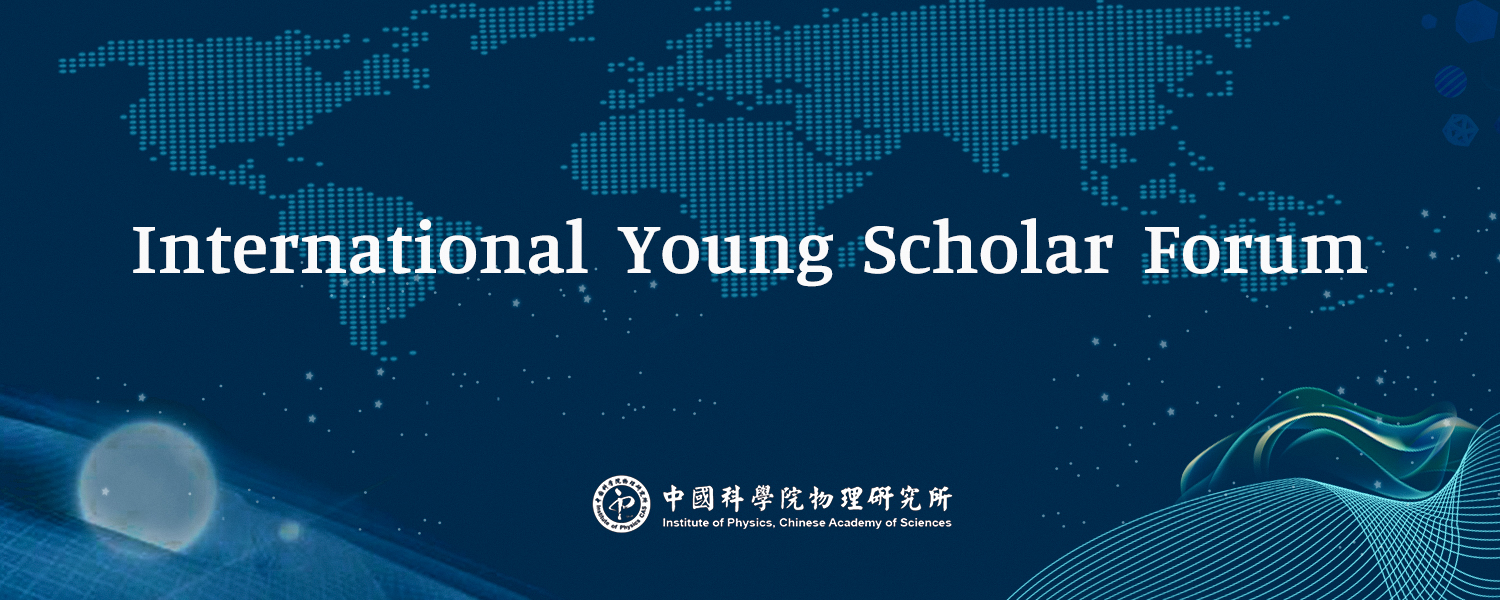Speaker: Prof. Liang Wu, Department of Physics and Astronomy, University of Pennsylvania
Host: Prof. Kun Jiang, Key Lab of Condensed Matter Theory & Materials Computation
Time: 10:00 am, July 13th, 2022
Abstract:
The kagome lattice provides a fascinating playground to study geometrical frustration, topology and strong correlations. The newly discovered kagome metals AV3Sb5 (A=K, Rb, Cs) exhibit various interesting phenomena including topological band structure, symmetry-breaking charge density waves (CDWs) and superconductivity. Nevertheless, the nature of the symmetry breaking in the CDW phase is not yet clear, despite the fact that it is crucial to understand whether the superconductivity is unconventional. In this work, we perform scanning birefringence microscopy and find that six-fold rotation symmetry is broken at the onset of the CDW transition temperature in all three compounds. Spatial imaging and angle dependence of the birefringence show a universal three nematic domains that are 120◦ to each other. We propose staggered CDW orders with a relative π phase shift between layers as a possibility to explain the three-state nematicity in AV3Sb5. We also perform magneto-optical Kerr effect and circular dichroism measurements on all three compounds, and the onset of the both signals is at the CDW transition temperature, indicating broken time-reversal symmetry and the existence of the longsought loop currents in the CDW phase. Our work strongly constrains the nature of the CDWs and sheds light on possible unconventional superconductivity in AV3Sb5.
Reference:
Brief CV of Prof. Liang Wu:
Liang Wu got his B.S. in Physics from Nanjing University in 2010 and Ph.D in Physics at Johns Hopkins University in 2015. He was a postdoc fellow in Physics at University of California, Berkeley from 2016 to 2018 before joining the department of Physics and Astronomy at the University of Pennsylvania in July 2018 as an assistant professor. He has been using terahertz spectroscopy and ultrafast optics to study topological insulators, Weyl semimetals and quantum magnets. He received the Richard Greene Dissertation Award in Experimental Condensed Matter Physics by the American Physical Society (2017), the McMillan Award for outstanding contribution in condensed matter physics from the University of Illinois (2019), and the Outstanding Young Researcher Award (Macronix Prize) from the International Organization of Chinese Physicists and Astronomer (2020).
